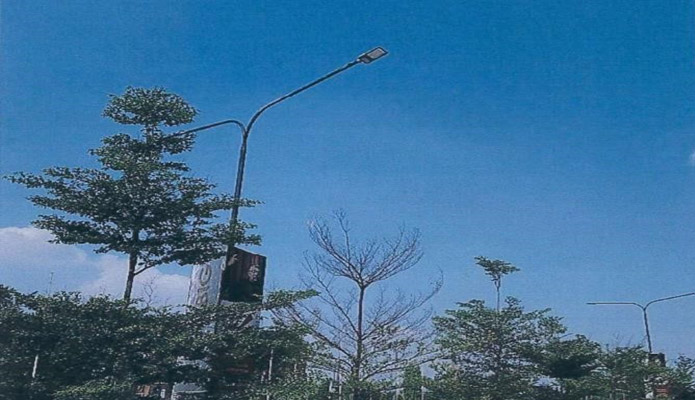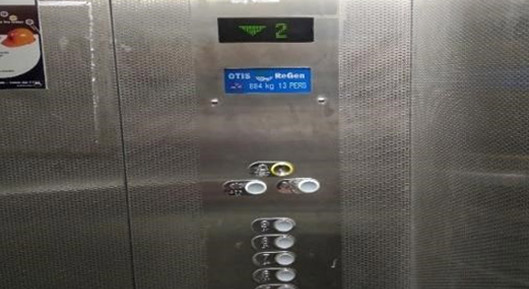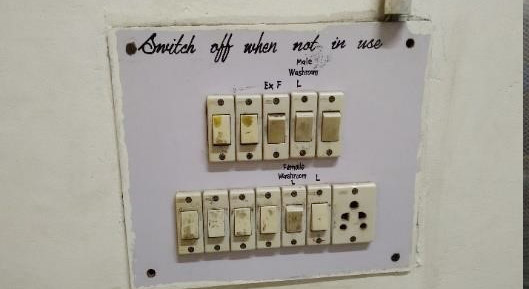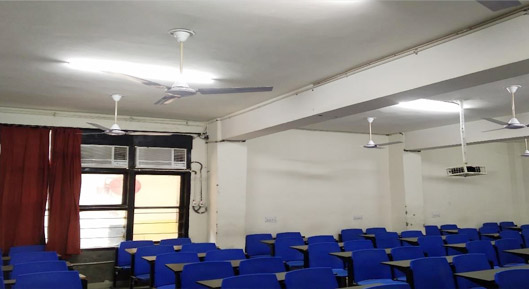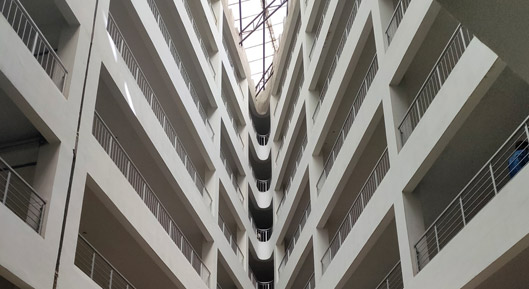University Commitment towards guidelines contribute to the sustainable goal of United Nation, it is pertinent to mention that University has installed rooftop solar PV plant of 1.1 MW in the year 2018. Currently, LPU has total solar power potential of 7.5 MW. LPU regularly conducts environmental and energy audits to identify the areas where energy wastage is high. The reports determined that the combined emissions from scope 1 and scope 2 amount to nearly 3730 tonnes of CO2 equivalent for the 2022-23 session. In the year 2023, 100% lights were replaced with LED in academic buildings and remaining 50% in residential buildings. As mandatory, hostel blocks are installed with 25W LED lamps in hostel rooms and hostel toilets & corridors are installed with 9W LED lamps and that will follow in future also. For the conservation of energy 50% streetlights have been switched off at 10:00 PM and another 30% have been switched off at 12:00 AM. Lovely Professional University has taken several initiatives to reduce carbon emissions in line with the GHG Protocol Corporate Standard.
Energy efficiency plan to reduce energy consumption To reduce the energy consumption at the university level, University has well-defined guidelines to be followed in the university. University has also taken various initiatives to reduce the energy consumption that are listed below.
- The conventional lights have been replaced with LED lights at locations where the working hours are high.
- High power consumption and low efficient lights like mercury vapour lamp were replaced by sodium vapour and metal halide-based lamps.
- The star-rated equipment is used to boost the energy savings, 43% of the total air conditioners installed in the campus are star rated. The regular maintenance of the air conditioners is being done to ensure maximum efficiency.
- Energy-efficient Lifts of make M/s OTIS are used which have Re Gen drive to enhance energy savings up to 75% as compared to the conventional models. 53 out of 83 lifts installed in the campus have a regenerative braking system.
- For the awareness of end-users, stickers are pasted near the switchboard for the conservation of energy and all the users are regularly guided not to miss use the electricity.
- For energy conservation, 50 percent of street lights are turned off at 10:00 p.m., and another 30 percent are turned off at 12:00 a.m. Majority of the students in the campus rely on eco-friendly public transport.
- The bi-cycle facility is available inside the campus area. Nearly 600 bicycles have been made available to students at 15+ stands across the campus which is shared by nearly 4000 students per day.
- To maintain the proper discipline and traffic system inside the campus the University has multiple parking areas.
- University promotes vehicle pooling transportation. Majority of faculties and staff members follow the carpooling system to come university campus.

Power Plant: University Commitment to guidelines contributes to the sustainability goal of United Nations, it is pertinent to mention that the University has installed a rooftop solar PV plant of 1.1 MW in the year 2018. These efforts align with the university's commitment to the sustainable development goals set by the United Nations. The installation of rooftop solar PV plants and the potential of a 7.5 MW solar power plant further highlight the university's dedication to utilizing renewable energy sources and reducing its carbon footprint.
Sustainable Green Buildings : As part of the university's commitment to SDG GOAL, the university has set up green infrastructure buildings with energy and environmental design that contribute to conservation and sustainability.
Energy Efficient Building: In an era of smart cities, sustainable buildings and contemporary interiors, University designed an energy-efficient building with specialized architects. They have also trained our students to become lateral thinkers by focusing on the critical design approach. With exposure to an international environment, access to the latest tools, software’s and technology, our students also become architects that create buildings and infrastructure that are globally acknowledged. Due to the incorporation of energy-efficient building strategies, the energy consumption density of the LPU buildings is much lower than a 5-star rated building by Bureau of Energy Efficiency, Government of India.
Performance Index: Energy Performance Index (EPI) in kWh per square meter/year is considered for the rating of the buildings for star label by the Bureau of Energy Efficiency Govt. of India. The energy performance index of Lovely Professional University was + 33.42 kWh/m2/year. For the composite climate of India if a building is having more than 50% of building area than the building is considered 5 star rated building if EPI is below 90 kWh/m2/year. In the case of LPU, the EPI is much lower than Indian standard of 5 stars rating which itself shows efficient management and operation of the building.
| Air-conditioned area > 50% of building area | Lovely Professional University | Star Label |
| EPI (kWh/m2/year) | EPI (kWh/m2/year) | |
| 190-165 | - | * |
| 165-140 | - | ** |
| 140-115 | - | *** |
| 115-90 | - | **** |
| Below 90 | 33.43 | ***** |
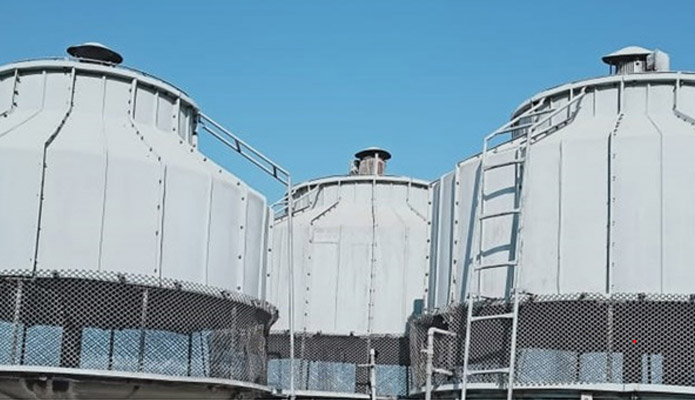
Centralized Chiller Plant:
In administrative blocks, the University replaced split and windows ACs with 265 TR centralized chiller water-based cooling system. The new system consumes 40% less electrical energy as compared to conventional ACs. University also has a strategy for reducing the consumption of energy by scheduling the running time of the Air condition machines in the daytime as well as peak summer months.
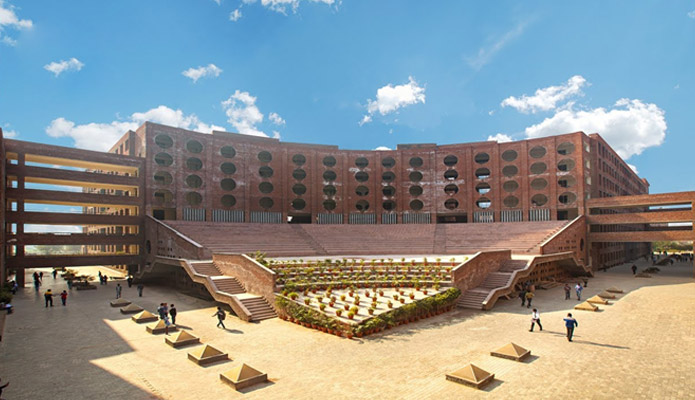
Amphitheater
The University has 3 amphitheaters of different capacities to conserve the energy by organizing cultural events, competitions, and plays in natural light. The university is committed to increase its numbers in future.



